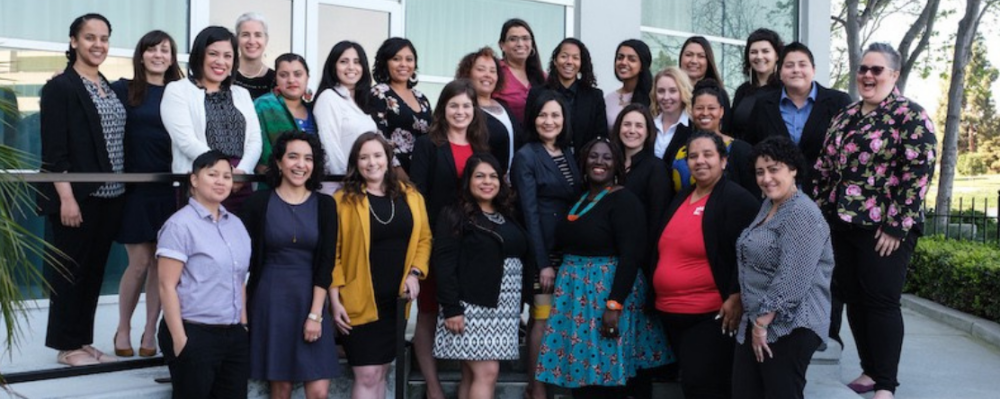
In the News
How to Weigh Evacuation Options With Both Wildfires and COVID at Your Door
- California Healthline
-
Focus Areas
Communicable Disease Prevention, Environmental Health -
Strategic Initiatives
COVID-19
As the smoke thickened near her home in Santa Cruz, California, last week, Amanda Smith kept asking herself the same questions: Should we leave? And where would we go?
She called a friend in Orange County, about 380 miles south, who offered her parents’ empty condo. But the next day, the friend’s child spiked a fever — a possible case of COVID-19 — and the plan fell through amid the distraction.
As the twin disasters of COVID-19 and fire season sweep through California, thousands of residents like Smith are weighing difficult options, pitting risk against risk as they decide where to evacuate, whether from imminent flames or the toxic air. Amid a virulent pandemic, which is safest? Doubling up at a friend’s home? A hotel? An evacuation center? And when do the risks of smoke inhalation outweigh the risk of a deadly infection?
After months of being shut in and avoiding close contact beyond immediate family, moving into someone else’s home means a host of potential exposures. Consider whether you or anyone else in the home is at high risk from COVID-19 because of age or a preexisting condition.
“If so, that’s a reason to think twice before going to someone’s home,” said Dr. Gina Solomon, a program director at the Oakland-based Public Health Institute.
If you do offer your home, experts advise against simply considering yourself a new pod with your guests. Instead, take steps to lower your chances of infection.
“It might not be pleasant, but wearing a mask anytime you’re not in your own bedroom is the safest way to go,” said Solomon. Stay outside as much as possible, she added, and consider eating meals outdoors or eating in shifts to avoid being maskless with those outside your family unit. Sanitize surfaces and wash hands frequently. If air quality permits, keep the windows open to improve airflow.
Click below to read the full article in California Healthline.
Originally published by California Healthline
More Updates
Work With Us
You change the world. We do the rest. Explore fiscal sponsorship at PHI.
Support Us
Together, we can accelerate our response to public health’s most critical issues.
Find Employment
Begin your career at the Public Health Institute.



